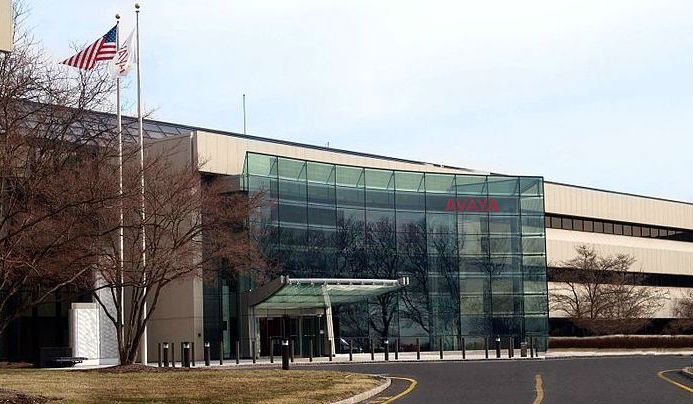Avaya has announced its software-defined data center (SDDC) framework, which it said is designed to deliver productivity, agility and time-to-service enhancements to businesses operating highly virtualized data centers.
Avaya said its SDDC framework aims to break down traditional data center silos that require weeks or months to turn up an application and replace it with a simple five-step process that takes minutes.
Avaya said it will demonstrate this capability at VMworld 2013, which starts today at the Moscone Center in San Francisco, US.
The Avaya SDDC framework includes an orchestration process that combines, customizes and commissions compute, storage and network components.
Use of the OpenStack cloud computing platform will allow data center administrations to deploy virtual machines, assign storage and configure networks through a single graphical user interface.
Avaya Fabric Connect further enhances the OpenStack environment by removing restrictions in traditional Ethernet VLAN / Spanning Tree-based networks to enable a more dynamic, flexible and scalable network services model than exists today.
The Avaya SDDC framework is based on the following components:
- * Avaya Fabric Connect technology as the virtual backbone to interconnect resource pools within and between data centers with increased flexibility and scale
- * An Avaya OpenStack Horizon-based Management Platform, delivering orchestration for compute (Nova), storage (Cinder/Swift) and network via Avaya Fabric Connect (Neutron)
-
* Open APIs into the Avaya Fabric Connect architecture for ease of integration, customization and interoperability with other Software-Defined Networking architectures
Avaya said its SDDC framework can ultimately provide the following benefits to businesses:
Reduced Time-to-Service: cloud services enabled in minutes through a five-step process
Simplified Virtual Machine Mobility: simple end-point provisioning enabling virtual machine mobility within and between geographically dispersed data centers
Multi-Vendor Orchestration: coordinated allocation of data center resources via a single interface to streamline the deployment of applications
Scale-out Connectivity: services scale to more than 16 million unique services, up from the limitation of 4000 in traditional Ethernet networks
Secure Multi-Tenancy: leveraging network, compute and storage layer abstraction and isolation
Improved Network Flexibility: overcomes current VLAN challenges to deliver a load-balanced, loop-free network where any logical topology can be built, independent of the physical layout
Avaya’s SDDC framework is the first phase of Avaya’s Software-Defined Networking roadmap.
Avaya Fabric Connect is available today on a wide range of networking platforms including Virtual Service Platform 9000, Ethernet Routing Switch 8800, Virtual Services Platform 7000 and Virtual Services Platform 4000.
The Avaya Horizon-based Management Platform and open APIs will be generally available next year.

